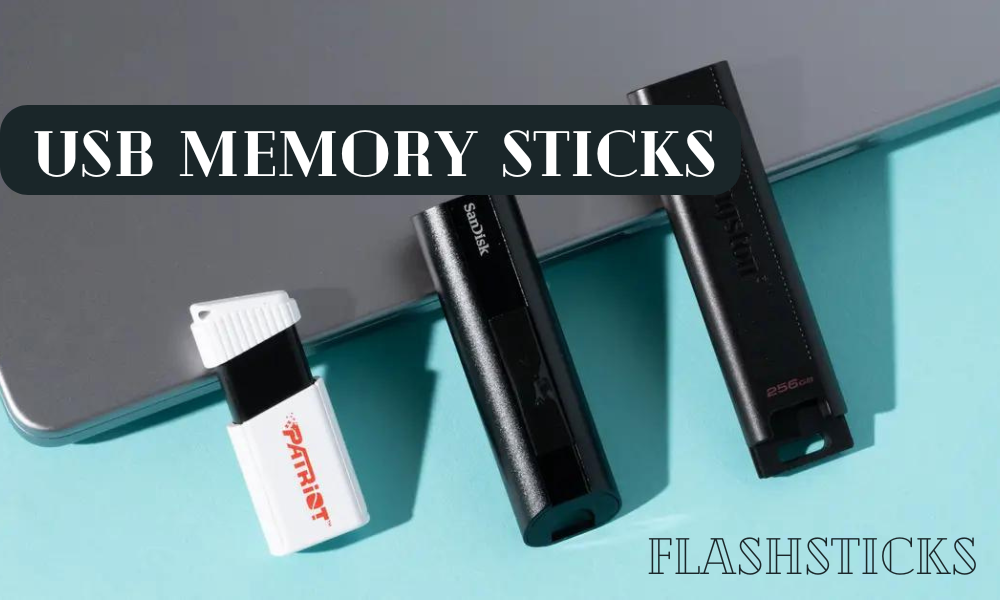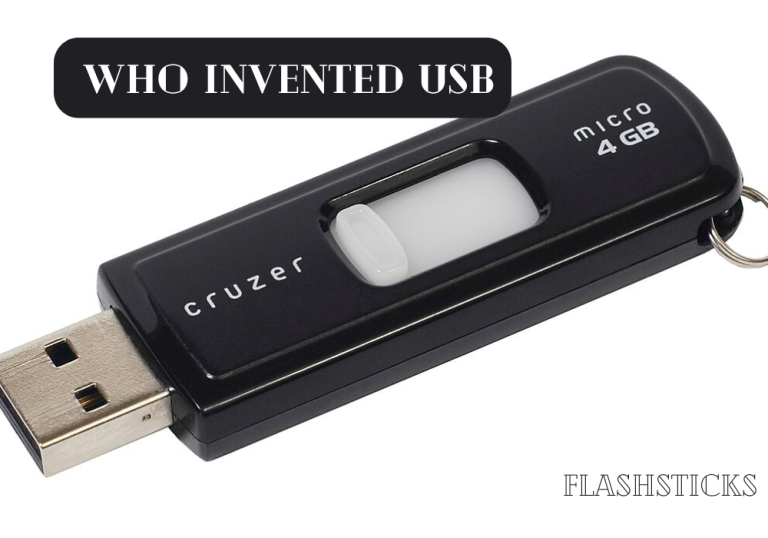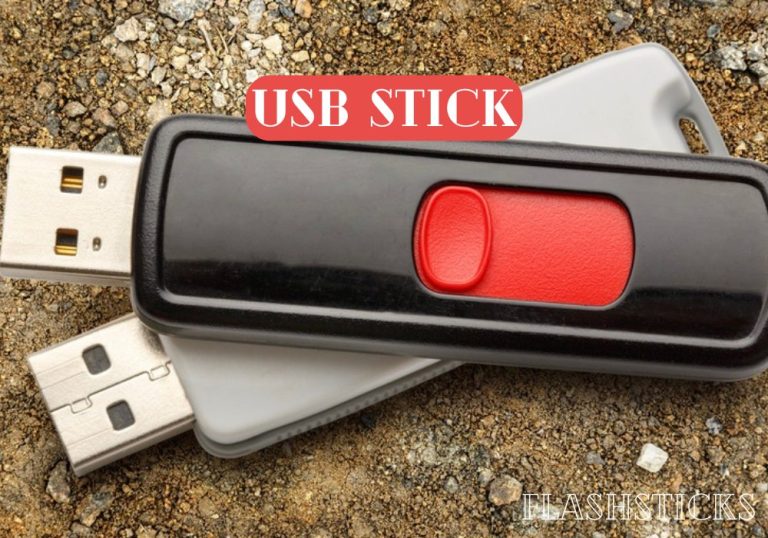What does a USB memory stick do?
A USB memory stick, also known as a flash drive, is a portable digital storage device used to store and transfer data between computers, laptops, and other compatible devices. This small, pocket-sized gadget has revolutionized the way we share files, back up information, and even run operating systems on-the-go. In this comprehensive guide, we’ll explore what a USB memory stick does and why it’s such an essential tool in the digital age.
How Does a USB Memory Stick Work?
A USB memory stick consists of flash memory chips inside a protective casing, connected to a USB interface. When you plug it into a compatible device, the operating system recognizes the drive and enables you to read, write, and manage the files stored on it.
Here’s a step-by-step breakdown of the process:
- Plug and Play: Insert the USB memory stick into an available port on your computer or device.
- Device Recognition: The operating system detects the new hardware and prompts you to initialize the drive, if needed.
- File Transfer: You can now copy, move, or delete files between your computer and the USB drive.
- Power Management: Some modern USB drives employ power-saving technologies, allowing them to draw power from the connected device when not actively in use.
What Files Can You Store on a USB Memory Stick?
The versatility of a USB memory stick lies in its ability to store a wide range of digital files, including:
- Documents (Word, PDF, text files)
- Photos and videos (JPEG, PNG, MP4, MOV)
- Music files (MP3, WAV, AAC)
- Software and applications (Executables, installers)
- Operating systems (for booting or loading on compatible devices)
- Backups of important data (emails, contacts, bookmarks)
Advantages and Benefits of USB Memory Sticks
With their compact size, ease of use, and high storage capacities, USB memory sticks have become an indispensable tool for both personal and professional use. Some of the key benefits include:
| Portability and Convenience | USB drives are lightweight and easily stowable, making them perfect for travel, presentations, or transferring files between locations. |
|---|---|
| High Storage Capacities | Current USB drives can store massive amounts of data, ranging from a few gigabytes to over 1 terabyte, catering to various needs and applications. |
| Speed and Performance | Fast read and write speeds ensure quick data transfer and access, making it ideal for situations where time is of the essence. |
| Cost-Effective | USB drives offer competitive pricing compared to other storage solutions, providing a cost-effective way to store and transfer large amounts of data. |
| Security Options | Some advanced models feature encryption, password protection, and secure erase capabilities, safeguarding sensitive information from unauthorized access. |
Practical Tips for Using USB Memory Sticks
To get the most out of your USB memory stick, consider these handy tips:
- Always backup your data regularly to prevent loss.
- Use strong passwords and encryption to secure sensitive files.
- Label your drives to help keep track of stored content.
- Avoid overfilling your drive to prevent wear and tear.
- Choose a drive with high durability and a sturdy design for reliable use.
- Consider a USB-C or mini/micro variants for compatibility with newer devices.
Common Uses for USB Memory Sticks
USB memory sticks have a wide range of applications across various industries and aspects of life. Some common uses include:
- Backup and Recovery: Store critical data and restore it in case of system crashes, malware attacks, or hardware failures.
- Collaboration and Sharing: Transfer files quickly and securely between colleagues, teams, or clients for projects and collaborations.
- Travel and Business: Carry important documents, presentations, and software on your person for easy access during meetings and conferences.
- Education: Distribute course materials, assignments, and projects to students while keeping file management organized and accessible.
- Medical and Healthcare: Store and transport sensitive patient data, medical records, and imaging scans securely and efficiently.
Conclusion
a USB memory stick is a versatile and essential digital tool that simplifies the process of data storage, transfer, and management. With their compact size, high storage capacities, and user-friendly interface, USB drives have become an indispensable asset for both personal and professional use. By understanding their capabilities, benefits, and best practices, you can leverage the full potential of these devices and stay productive in the digital landscape. Whether you’re a student, professional, or simply someone who needs to keep their files organized, a USB memory stick is an investment worth considering.







